Well, you will soon see that I disagree with that opening title but before I get into the next audio controversy let me wrap up the 3-part audio gear history columns.
After reading so many replies I first have to thank you for your interest in this exercise. Secondly, The lists that some of you provided were amazing and actually started to erode some of the plaque around my cerebral cortex to the point where I started to remember even more stuff I owned, like a Klyne 7A preamp and a Krell PAM 3 preamp.
Also, to answer one reader, It’s not like I had this stuff and strictly traded, sold and replaced then bought other stuff. A lot of it stayed on for indeterminate time periods until I found the right owner-deal to make sense of the switches.
In any case, so many of you also climbed that ladder. I shouldn’t be surprised but I am for this reason: The readers of Copper are those who have that history and still find joy in all of this.
It is a great community and I’m proud to be a part of it.
And now….get out your Hazmat suits because I’m about to wade into the debate about tone controls/equalizers and our systems.
This whole exercise started when one of my closest friends (Ira) was driving me crazy about how his system was sounding. I always thought his room was a disaster and told him over and over again, that until he gets the room acoustics right he will truly be chasing his tail. Nothing that a rug and a decent equalizer wouldn’t cure.
He wouldn’t listen and decided it was his interconnects, then his speaker cables, then his power cords.
I have lots of stuff and Ira, who, for a short time, had dreams of opening a speaker company (he and a partner actually manufactured a 2 way speaker under the Siren Audio banner) , also had lots of connections (no pun intended) in the high-end audio community.
The two of us had tons of interconnects, speaker cables and power cords, and Ira changed out his stuff constantly.
I will say that, because we live in NYC, it is true that the sound does change in our systems during the day and night as the voltage swings (bigly!), as well as all the AC hash & noise that comes through everything, especially high-end systems. The more transparent the system, the more you hear it change.
Having said that, I thought that all this work without doing some simple acoustical treatment was a waste of time—except that, if he really wanted to get a handle on this, I knew that an equalizer or tone controls would have solved lots of the problems. I also knew that when I suggested that an EQ could solve some issues, Ira would look at me like I had two heads.
I mean, really? Seriously, how could I suggest something so out of touch with real audiophiles. The idea of any kind of tone controls in hi-ghend audio had been, until recently, relegated to the dustbin of Neanderthal observations.
The dogma, created and enforced by writers of The Absolute Sound and Stereophile, has been seared into the minds of many of us. How could we, mere mortals, want to mess with the pristine final result of the records that we all hold dear? Why would we ever question the end result of The Weavers or Harry Belafonte at Carnegie Hall or the soundtrack to Casino Royale or Dark Side of the Moon or Tea for the Tillerman.
No, No, No. We, the end user, have no right to mess with those perfectly recorded, mixed & mastered masterpieces.
“The sound of acoustic instruments in real space”: That is the definition, made famous by HP, that has ruled the upper echelons of the high-end audio experience that has been delivered by the audio gods and made the exercise of placing these albums (and many others) so delicately on our turntables, only to be played back untouched by anything other then our “Straight Wire with Gain” preamp and amplifier as well as our speakers, the absolute golden rule of the high-end audio listening experience.
I’m here to say that not only is this is, by all logic, utter nonsense, but by denying your right to alter the sound by using either tone controls or an equalizer, you are allowing anywhere from say 6 to as many as 20 or more different people along the recording, producing, mixing and mastering chain to make that decision for you.
You my dear friends, are the end user, and by all rights you also have the last say as to the way you hear what you hear.
Myth: The absolute sound is attained by gear (uncompromised by tone controls-my words) that creates “The sound of acoustic instruments in real space.”
BS.
This is how it really is:
The closest you will ever get to the sound of the instrument or voice actually recorded is what the producer and engineer hear at the recording console through the monitor speakers that they are listening to.
It is technically impossible to get any closer—with the very rare exception being direct to disc recordings.
This means that 99.99% of all recorded music goes through the following process:
First an engineer has to find a microphone (s), with all of its inherent character and limitations, to put in front of the instrument/amplifier/vocalist, then that sound runs through some pretty crappy very very long cables into a control room, then it passes through a mixing console (with all sorts of crappy wire, with dozens of faders and tone controls, equalizers, limiters and compressors, then that sound passes through to an amplifier and then to mostly but not always cheap lamp cord (speaker wire) from a hardware store which is then connected to some of the worst-sounding speakers (these speakers are considered “excruciatingly revealing” for the purposes of deep analysis), and then the producer finally hears the sound and decides what combination of tones (after lots of tweaks and processing) sounds the most authentic to them.
Don’t write me back that some producer whose interview you read says that he uses audiophile cables and audiophile gear. That statistic is 1 in a 10,000….maybe..and your record collection has maybe a half dozen albums that are actual audiophile grade in terms of gear all the way through the entire recording process.
And please, don’t send me an email that tells me that “it’s the music that matters”. I know it is. That doesn’t mean that you shouldn’t know how it actually is created.
The Beatles (my favorite band) are not an audiophile demo band. And, of course, it doesn’t matter.
But: it does in its own way, when you consider why we buy what we buy and how we describe the thrill of listening to music on our respective systems. As much as I love the music, I don’t use the Beatles, Stones, Zep, ZZ Top, Cream, etc. to demo my system.
Of course I listen to everything on my reference system and I enjoy it all, but when friends come over and oogle at my gear and ask why in the hell it costs so much, I mostly use my favorite small ensemble blues, folk and jazz albums and it blows their minds.
But I digress…..
Once the recording portion is finished, the tape (or hard drive) is mixed through yet another set of gear manned by more engineers and mixer specialists. Yet another set of people that think what they hear is what you should hear, who then make more decisions using another set of limiters, compressors and equalizers.
After that, the “mixed” finished tape or hard drive is sent to a mastering lab, where another bunch of people with yet another set of compressors, limiters and EQ’s have to decide if the music sounds uniform in both volume and tone— and then, for vinyl, the RIAA curve has to be added in to make sure that the bass is cut down as the record nears the end groove so the needle doesn’t jump out of the groove.
Get it?
Many, many people make decisions about what they think sounds correct. The fact that some records sound amazing is a happy confluence of circumstances, given all the ways the final recording could get screwed up due to all these factors I just mentioned.
Oh yeah…really wanna cry? Check this out:
If it’s vinyl then there is yet the entire process of cutting the pressing master “lacquer” that actually, after a 5 step process, goes from the “Lacquer” to a “Father” to a “Mother” to a “Stamper” to the vinyl that you buy.
Think about this…
Ever wonder why some pressings of the same album bought around the same time period sound different?.
Because a popular album gets about 5,000 disks per stamper before they throw the stamper away.
Number 1-100 of that run will definitely sound better and quieter than a copy pressed at the 4,500 -5,000 number. You, the consumer, have no idea what you are buying.
And so, my friends this is my case for tone controls and or EQ’s in the home audio world.
My number one argument for why one would or should have some kind of EQ or tone controls is this:
Even if the very best ears recorded, mixed, and mastered the record, these pros have one tool— maybe the most important tool—that i’m sure 99% of you don’t have:
A perfectly-tuned listening room.
In an acoustically tuned room, one can hear the tonal subtleties and balance that we, the end buyer, can’t hear in our less than perfect rooms.
The only way one can correct for the lack of a great listening environment, short of spending multi thousands for the equivalent of an anechoic sound chamber, is the use of EQ or tone controls
There are many sins that we, the end user can solve by having that choice.
“Why can’t we, the end user use tools to “correct” what we may hear as things that could be improved, at least to our ears, and make the home listening experience better for us!”
I am not Peter Aczel, the famous audio curmudgeon who published The Audio Critic.
I am not from the school of “If it measures the same then it sounds the same”.
What I am is someone who has been on both sides, and knows what really goes on behind the scenes. I just want to bring some thought into this conversation.
You may then ask:
“Okay, I get it, but who makes the kind of gear, and at what price, that will allow me that kind of control that won’t add yet another layer of cables and controls that may add more haze making the matter worse?”
Fair question.
But first, there is a cable company selling a reference speaker cable for $80k.
$80,000 !!!!!
It’s attached to a very large and heavy box full of control knobs which are TONE CONTROLS.
The review that accompanies the advertising of this cable raves about this being the greatest cable ever created..
It’s a freakin’ equalizer!!!
This, my friends, is madness at the last stop of the High-end audio idiocy train line.
There are way, way, way less expensive ways to improve the inconsistencies of both the records that you buy and the room you are listening in.
I believe that in the next year, high end companies will start to realize that the consumer will want more options and will make products to address this issue.
We, the end user have the right to hear how we want to hear it and I believe that the addition of high quality tone controls/EQ’s are the answer.
After all, aren’t we sick of hearing that high-end (and totally overpriced) interconnects and speaker cables are actually “tone controls”? Or “seasoning”?
We spend way to much on wire (freakin’ wire!) to attain what could be attained, way cheaper, by high quality tone controls or equalizers.
If I read one more “rave” review in a high end audio magazine of a brand new “legendary” Japanese reissue of an integrated amplifier that is now totally updated where the reviewer adds something like “and what really is cool is that they kept the tone controls, which can really come in handy!”
Well.. I think you get the point.
Oh yeah…..Ira.
Well, he changed his speakers to a pair that works better in his room, but he is finally open to the idea of room correction now through an equalizer. We are looking into the choices now. Your thoughts and experiences are welcome.
By the way: I will be going to the Munich High End show May 10-13 with Ken Kessler. If any of you are going send me an email:
frenchmgmt@gmail.com
PPS:
The recent publicity surrounding the reported bankruptcy of the Gibson Guitar company really hits home, as not only do I play Gibson/Epiphone guitar but I had a personal line of guitars manufactured by them.
Here is a link to my one-on-one interview I did last week with Henry Juszkiewicz, chairman of Gibson, in which I get into depth about what is really going on.


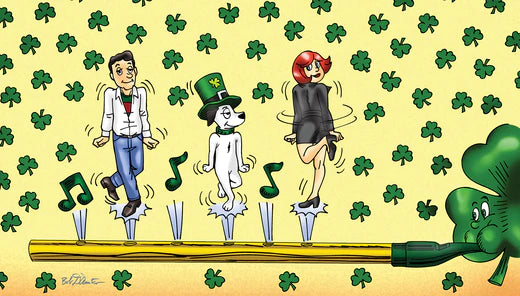
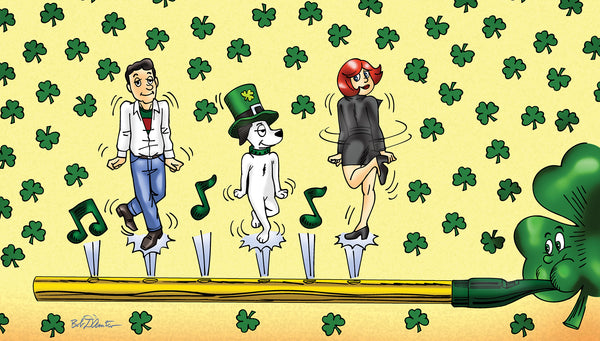
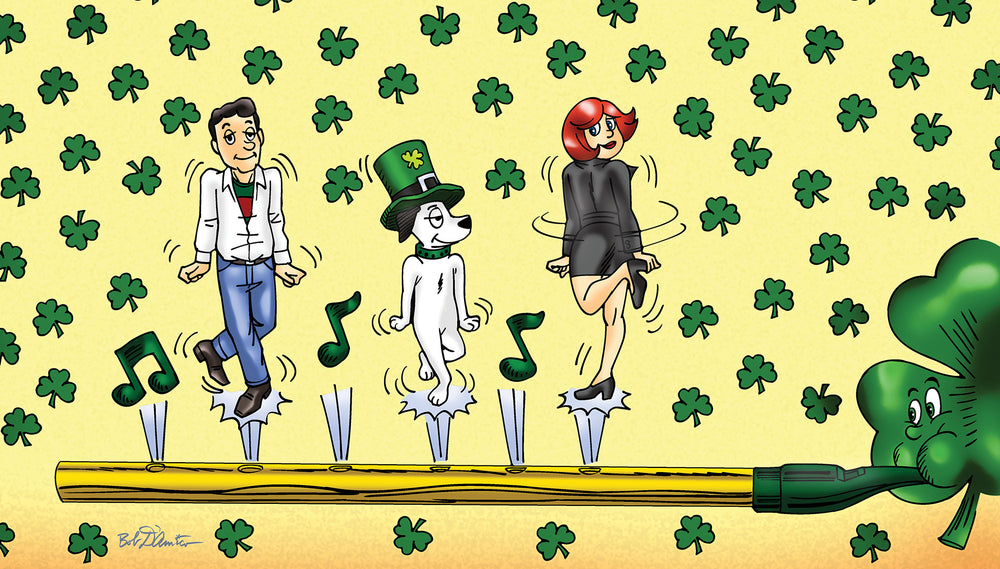
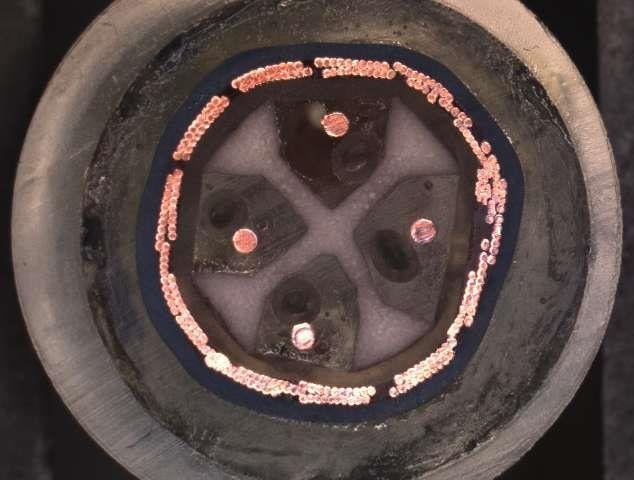 I could have used a cheaper and easier two-wire XLR design but the inductive and signal coherence benefits of a star quad are too good to pass up, as we’ll see later. Star quads have a higher degree of CMRR (Common Mode Rejection Ratio) when properly signal balanced. Two wires of a star quad are a “positive” voltage, and two wires are a “negative” voltage (180 degrees out of phase), hence the term “balanced”. Some call this differential mode, since each signal is equal but different in polarity.
I could have used a cheaper and easier two-wire XLR design but the inductive and signal coherence benefits of a star quad are too good to pass up, as we’ll see later. Star quads have a higher degree of CMRR (Common Mode Rejection Ratio) when properly signal balanced. Two wires of a star quad are a “positive” voltage, and two wires are a “negative” voltage (180 degrees out of phase), hence the term “balanced”. Some call this differential mode, since each signal is equal but different in polarity.
 In the example above we show only two wires, but the concept is the same for a star quad design. The signal is encoded as +2 volts and -2 volts. The noise of +1 V in this example can’t “change its spots” relative to the cable’s twisted pairs, and shows up as the same voltage on each wire. The twist ratio helps make sure that the wires see the noise for the same amount of time, and this is vital to the function of the circuit.
Here is where balance is so important; the signal ideally becomes the superposition of all the voltages, or +3 volts and -1 volt. No more, no less, and thus the signal voltages are still exactly 4 volts “apart” from each other: +2 to -2 with no noise, and +3 to -1 volts with 1 volt of noise.
The signals are fed into a difference amplifier that, you guessed it, looks at the “difference” between the two voltages and sees 4 volts with, or without, the noise. Ideally, the noise is absent at the difference amplifier’s output, and in order to do this, every wire has to be presented to the noise in the exact same way via cable twist, has to be the same length so the signal stays time-aligned down the wire. Also, every wire has to have the same attenuation. The difference amplifiers need to be nulled perfectly between gain halves. Believe it or not, this gets done really well with good quality products.
The control tolerance of the copper is 0.0005”, so attenuation issues are mitigated and CUB (Capacitance UnBalance) tests insure we see military-standard quality in the finished cable. All quality types of copper can be used in the XLR design; it is the overall cable structure that is the most “magic”, not so much the copper itself, although the copper draw process does influence the sound.
In the example above we show only two wires, but the concept is the same for a star quad design. The signal is encoded as +2 volts and -2 volts. The noise of +1 V in this example can’t “change its spots” relative to the cable’s twisted pairs, and shows up as the same voltage on each wire. The twist ratio helps make sure that the wires see the noise for the same amount of time, and this is vital to the function of the circuit.
Here is where balance is so important; the signal ideally becomes the superposition of all the voltages, or +3 volts and -1 volt. No more, no less, and thus the signal voltages are still exactly 4 volts “apart” from each other: +2 to -2 with no noise, and +3 to -1 volts with 1 volt of noise.
The signals are fed into a difference amplifier that, you guessed it, looks at the “difference” between the two voltages and sees 4 volts with, or without, the noise. Ideally, the noise is absent at the difference amplifier’s output, and in order to do this, every wire has to be presented to the noise in the exact same way via cable twist, has to be the same length so the signal stays time-aligned down the wire. Also, every wire has to have the same attenuation. The difference amplifiers need to be nulled perfectly between gain halves. Believe it or not, this gets done really well with good quality products.
The control tolerance of the copper is 0.0005”, so attenuation issues are mitigated and CUB (Capacitance UnBalance) tests insure we see military-standard quality in the finished cable. All quality types of copper can be used in the XLR design; it is the overall cable structure that is the most “magic”, not so much the copper itself, although the copper draw process does influence the sound.
 This CAD drawing is what we have inside our XLR design so far, showing just two wires instead four. Remember I wanted to make inductance and capacitance reactive variables exactly the same for each cable , RCA and XLR, with exactly the same wire size and draw science?
It’s a huge challenge to match capacitance between a single conductor coaxial cable, and a multi-conductor twisted cable. Capacitance is sensitive to the distance to a conductive plate area, all the way around a wire. In a coaxial cable this is easy: we put a ground around the wire at a known distance which stays the same for the entire run of the wire.
But in an XLR cable, we have shifting distances to the ground depending on the twist, and we have four wires all with their own capacitance. Somehow this is supposed to come out to around 12 pF/foot (with connectors), same as the RCA!
And now, inductance. Because of the many wires, the “loop area” of an XLR cable is huge, which means a very high inductance. It is a challenge to get a loop area as large as ~0.170” to produce an inductance as low as the 0.15 uH/foot needed to match the coaxial cable.
To get capacitance low enough, I use distance between the wires, air. This also has a direct effect on the inductance. By using air, I can set the center-to-center distance of the wires to meet my capacitance target, and because air is such a good dielectric, this distance is lower than is needed with most other materials. This lower distance means that inductance is also lower. How much air? Well, exactly the same as the coaxial cables! How do we do that? Very carefully.
Let’s look at a section from the earlier CAD drawing showing the air chamber:
This CAD drawing is what we have inside our XLR design so far, showing just two wires instead four. Remember I wanted to make inductance and capacitance reactive variables exactly the same for each cable , RCA and XLR, with exactly the same wire size and draw science?
It’s a huge challenge to match capacitance between a single conductor coaxial cable, and a multi-conductor twisted cable. Capacitance is sensitive to the distance to a conductive plate area, all the way around a wire. In a coaxial cable this is easy: we put a ground around the wire at a known distance which stays the same for the entire run of the wire.
But in an XLR cable, we have shifting distances to the ground depending on the twist, and we have four wires all with their own capacitance. Somehow this is supposed to come out to around 12 pF/foot (with connectors), same as the RCA!
And now, inductance. Because of the many wires, the “loop area” of an XLR cable is huge, which means a very high inductance. It is a challenge to get a loop area as large as ~0.170” to produce an inductance as low as the 0.15 uH/foot needed to match the coaxial cable.
To get capacitance low enough, I use distance between the wires, air. This also has a direct effect on the inductance. By using air, I can set the center-to-center distance of the wires to meet my capacitance target, and because air is such a good dielectric, this distance is lower than is needed with most other materials. This lower distance means that inductance is also lower. How much air? Well, exactly the same as the coaxial cables! How do we do that? Very carefully.
Let’s look at a section from the earlier CAD drawing showing the air chamber:
 Each individual wire uses the same design from the RCA cable, so each wire’s loop area is the same across cables. The chamber, shown above has an area of 0.007552 sq in, and the area of my RCA air dielectric is 0.00754 sq in. Okay, it isn’t exact, but it’s off by only ~0.000009” sq in.
Careful measurements show that the capacitance and velocity of propogation of this design is very close to the coaxial cable. But what about inductance with that significantly larger loop area? Isn’t that going to kill this design? No, because of some properties of magnetic fields. Magnetic fields cancel if they see each other in opposite directions. If we can reduce magnetic field lines in the cable, we can directly reduce the measured inductance.
If you grasp a wire in your fist, with your thumb pointing in the direction of the current, your fingers around the wire point in the direction of the induced magnetic field. When you have four of these wires together, with two different voltage polarities (so that there are two different current directions), we see how these four circumferential fields cancel each other.
Each individual wire uses the same design from the RCA cable, so each wire’s loop area is the same across cables. The chamber, shown above has an area of 0.007552 sq in, and the area of my RCA air dielectric is 0.00754 sq in. Okay, it isn’t exact, but it’s off by only ~0.000009” sq in.
Careful measurements show that the capacitance and velocity of propogation of this design is very close to the coaxial cable. But what about inductance with that significantly larger loop area? Isn’t that going to kill this design? No, because of some properties of magnetic fields. Magnetic fields cancel if they see each other in opposite directions. If we can reduce magnetic field lines in the cable, we can directly reduce the measured inductance.
If you grasp a wire in your fist, with your thumb pointing in the direction of the current, your fingers around the wire point in the direction of the induced magnetic field. When you have four of these wires together, with two different voltage polarities (so that there are two different current directions), we see how these four circumferential fields cancel each other.
 Where the arrows are pointing in opposite directions between any two wires (including ones across from each other on the diagonal), the field lines cancel. This allows larger wire-to-wire spacing in order to reduce capacitance, while also keeping inductance low. Now we know why I didn’t use a two-wire system! However, this inductive cancellation is less than what would be expected, because the field lines that extend around and outside the cable do the opposite of what is happening inside, and reinforce the magnetic field.
I finally tested both my RCA and XLR designs, and here are the results.
Where the arrows are pointing in opposite directions between any two wires (including ones across from each other on the diagonal), the field lines cancel. This allows larger wire-to-wire spacing in order to reduce capacitance, while also keeping inductance low. Now we know why I didn’t use a two-wire system! However, this inductive cancellation is less than what would be expected, because the field lines that extend around and outside the cable do the opposite of what is happening inside, and reinforce the magnetic field.
I finally tested both my RCA and XLR designs, and here are the results.
 What we see above is impedance / phase for the XLR and RCA superimposed one on top the other. Note that there are four separate lines. We have two identical cables with exceptional reactive variables.
What we see above is impedance / phase for the XLR and RCA superimposed one on top the other. Note that there are four separate lines. We have two identical cables with exceptional reactive variables.





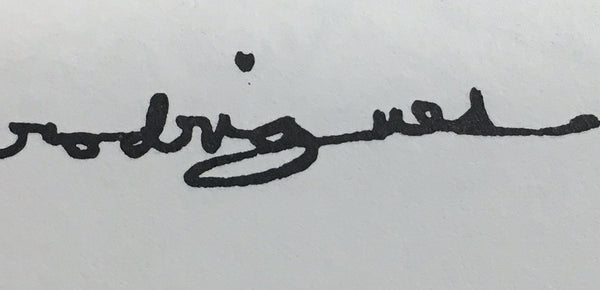
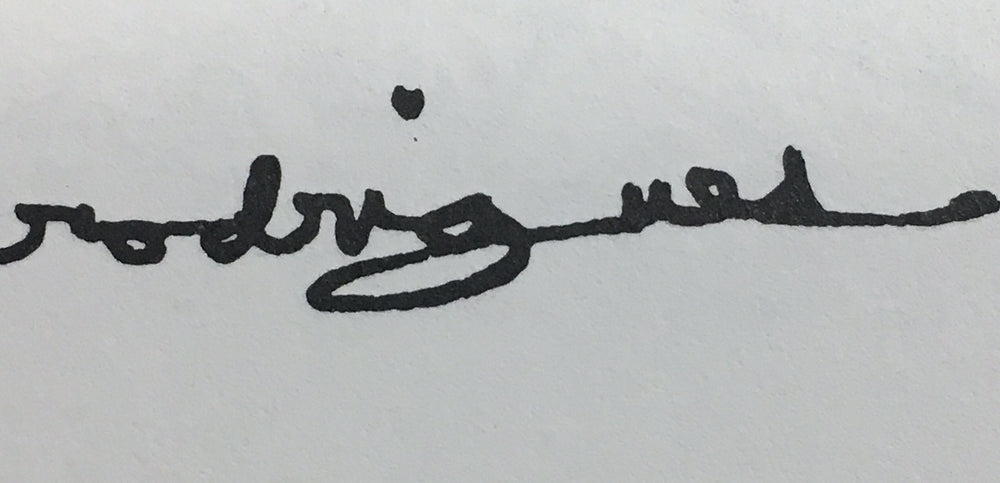

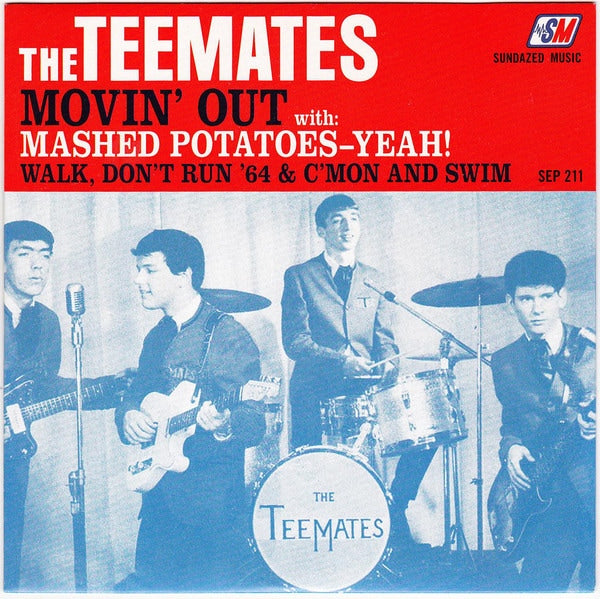
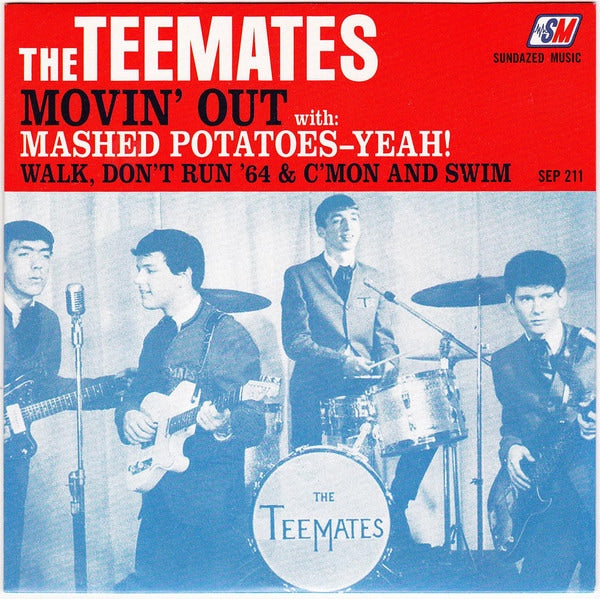

 Bobby today.
Bobby today.
